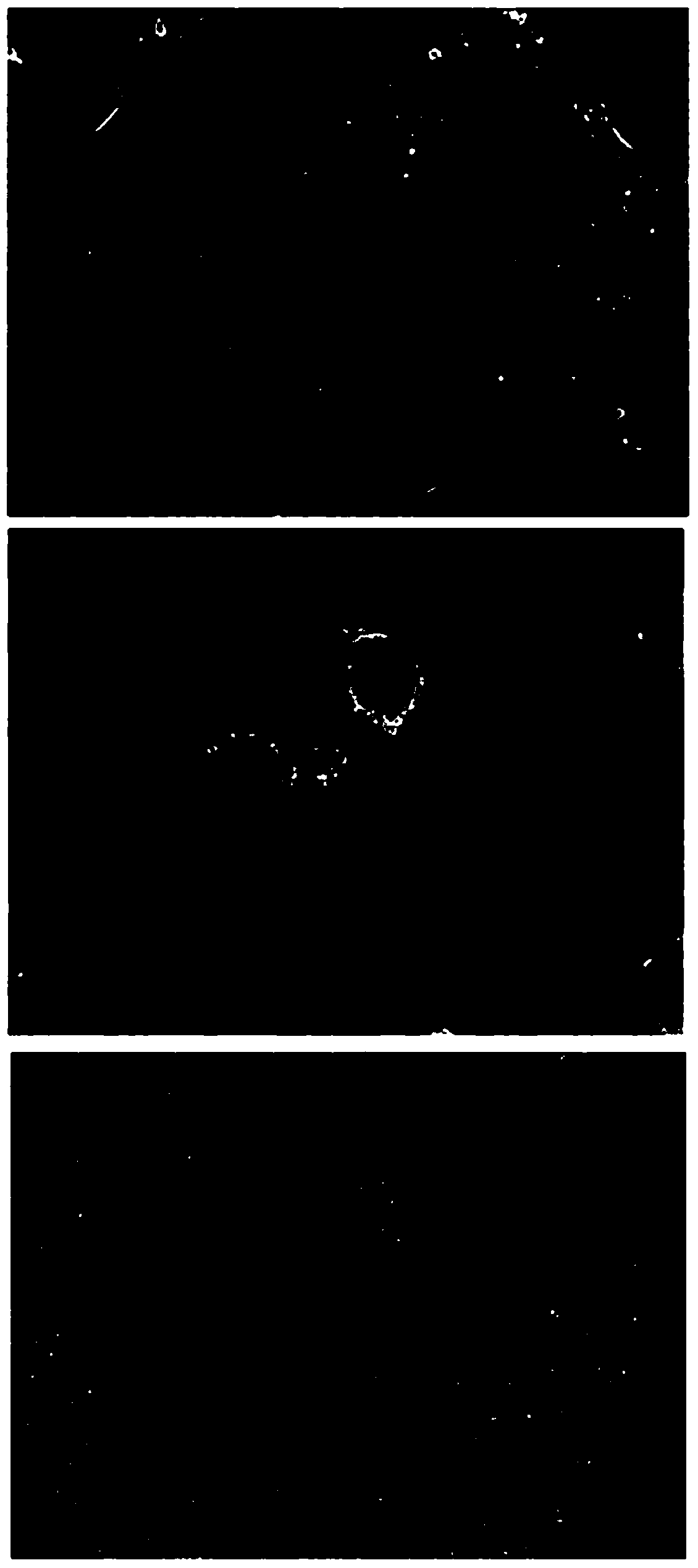Method for inducing human embryonic stem cells to differentiate into retinal pigment epithelial cells in vitro
A technology for human embryonic stem cells and retinal pigment, applied in the biological field, can solve the problems of large difference between batches, low cell yield, and complicated methods, and achieve the effects of simple method, high cell rate and long differentiation time.
- Summary
- Abstract
- Description
- Claims
- Application Information
AI Technical Summary
Problems solved by technology
Method used
Image
Examples
Embodiment
[0027] This example is a method for efficiently inducing hESCs to differentiate into RPE cells in vitro.
[0028] In this embodiment, the induction of differentiation includes the following steps:
[0029] a. Inoculate hESCs into feeder cells, add complete medium for stem cells, place for culture and change the medium regularly until the cells reach confluence;
[0030] The hESCs described in this step is the cell line H1, and the feeder layer cells are X-ray treated mouse embryonic fibroblasts; the components of the complete medium for stem cells are: DMEM / F12 basal medium, serum substitute, non-essential amino acids, penicillin , streptomycin, glutamine, β-mercaptoethanol and fibroblast growth factor, wherein the volume content of serum replacement is 20%, the concentration of non-essential amino acid is 0.01mmol / L, and the concentration of penicillin is 100U / ml , the concentration of streptomycin was 100ug / ml, the concentration of glutamine was 1mmol / L, the concentration o...
PUM
 Login to View More
Login to View More Abstract
Description
Claims
Application Information
 Login to View More
Login to View More - R&D
- Intellectual Property
- Life Sciences
- Materials
- Tech Scout
- Unparalleled Data Quality
- Higher Quality Content
- 60% Fewer Hallucinations
Browse by: Latest US Patents, China's latest patents, Technical Efficacy Thesaurus, Application Domain, Technology Topic, Popular Technical Reports.
© 2025 PatSnap. All rights reserved.Legal|Privacy policy|Modern Slavery Act Transparency Statement|Sitemap|About US| Contact US: help@patsnap.com



